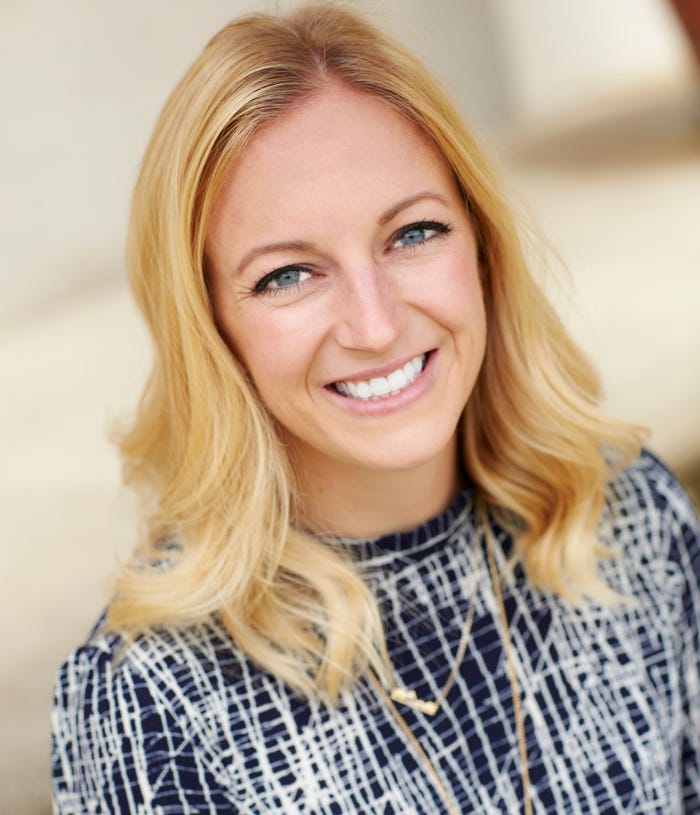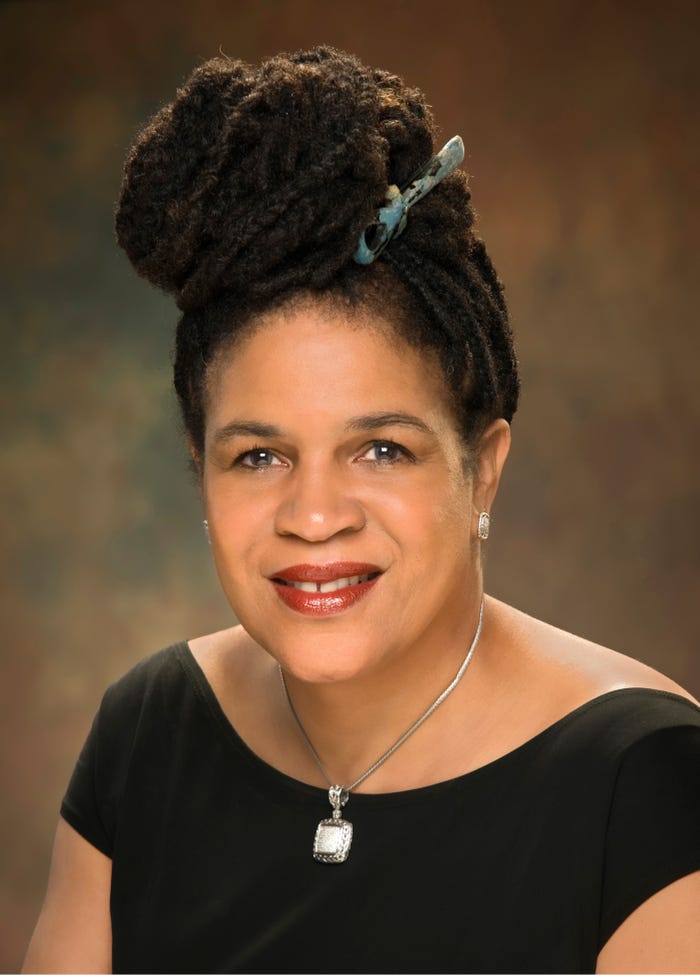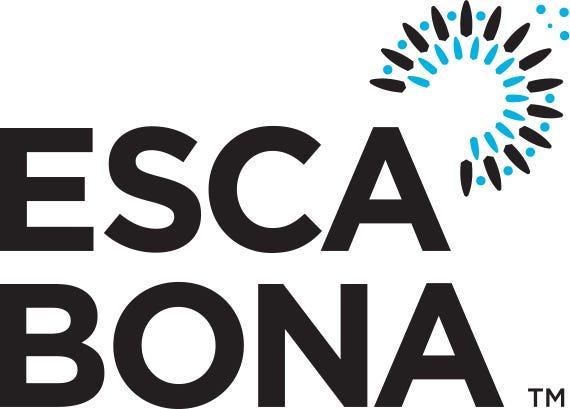What steps can I take today to be more inclusive and celebrate diversity at my company?
The reasons for building a diverse and inclusive team are countless. Three experts share advice on what you can start doing today to change the ratio and create a more inclusive future of business.
September 25, 2018

While companies nationwide have become more welcoming to women, ethnic and racial minorities, and the LGTBQ community in recent years, we still have a long way to go toward achieving true diversity and inclusiveness in business. This is especially reflected in leadership positions. According to a 2017 Deloitte survey, women hold just 15 percent of board seats worldwide. What’s more, 72 percent of executives and senior officials at Fortune 500 companies are white men.
Building an inclusive team enables more viewpoints to be heard and fosters creative thinking. It also may boost your business performance. A recent McKinsey study found the most gender-diverse companies are 15 percent more likely to achieve above-average profitability than the least gender-diverse business. By the same measure, racially diverse businesses are 35 percent more apt to outperform less racially diverse companies.
Prioritizing diversity and inclusion also helps brands better connect with consumers, says Cassie Nielsen, vice president of talent at VMG Partners. She points out that women make an estimated 70 percent to 80 percent of all consumer purchases, while the U.S. consumer base is quickly becoming more ethnically diverse. “It’s important that our companies reflect the diversity of the consumers we are trying to serve,” Nielsen says. “Plus, people want to work for diverse teams: In a Glassdoor survey, 67 percent of job seekers said this is an important factor when evaluating job opportunities.
Here, our three Fixers offer effective strategies for making your business more inclusive and diverse.
Company culture & talent consultant

Attracting the right talent comes down to asking: How does the external world see my company? Look closely at the image you present to make sure you can attract a diverse candidate pool. For instance, what does your website look like? If I’m an underrepresented candidate, will I see myself in the way your company is described and displayed? Consider the standard EEO language: “We do not discriminate on the basis of race, color, religion, sex, sexual orientation, gender identity or national origin.” What message does that send? That you won’t break the law—a pretty low bar.
By contrast, look at the approach taken by Google: “When we say we want to build for everyone, we mean everyone. To do that well, we need a workforce that’s more representative of the users we serve.” Much, much better. Also look closely at your job descriptions. Are you writing them with a fixed mindset, i.e., saying that a candidate must come with a certain skill set to be able to excel? Or do you have a growth mindset, meaning you believe a candidate can change, get stronger and develop a richer skill set than they have today? When companies use growth mindset best practices in their job descriptions, they see two times as many female applicants. It also helps to reduce the number of requirements in your job descriptions because women typically don’t apply unless they meet 100 percent of the criteria, whereas men apply when they meet just 60 percent.
To source the right talent, don’t hesitate to ask people you trust to recommend diverse candidates. Simply say, “We want to build the strongest, most diverse team. Do you have recommendations of strong retention marketers? We’d love to consider underrepresented candidates such as women or ethnic minorities.” If you prime peers to think about specific qualities, they are more likely to recall recommendations. Doing this can seem scary, but don’t apologize for it. We need to be having more conversations about the value of diversity in our industry.
When evaluating the right talent, know that unconscious bias often creeps into the interview process. This isn’t intentional, but it can be the reason why you start with a diverse candidate pool but don’t end up with a diverse hire. Combat unconscious bias by being militant about your scorecard. Define three to five SMART goals (specific, measurable, attainable, relevant and timebound) that, if accomplished, will result in that person succeeding in their role. Make sure everyone involved in the interview process divides and conquers to evaluate candidates against these goals.
— Cassie Nielsen, vice president of talent at VMG Partners, a private equity firm focused on the natural products industry
Diversity expert
Building a culture of inclusion is the most important step toward becoming a diverse company. You will attract likeminded top talent—and keep them. If inclusion is the ethos, diversity is the result. To foster an environment of inclusion, lots of
A powerful way to create human connection is in the spirit of hanau. In native Hawaiian culture, hanau means “the sands of birth.” It is the concept of “sense of place” that stems from understanding and interacting with the land we call home. I once participated in a hanau ritual with a group of fellow travelers that created a level of human connection that transformed each and every one of us.
We sat in a circle in a natural space outside with a gourd filled with sand in front of each of us. Everyone said their name and where they were from. Then, instead of our title and what we did for work, we introduced our ancestry: “My name is X; I am from Y; I was born to (father and mother). I am the first, second, third, etc., of X number of siblings. Their names are X and Y. My father was born in X place; my mother is from Y place.” We went on and on, as far back into our lineage as we could go. As each person spoke, we all slowly poured the sand from our gourds onto a growing mound in the center of the circle. At the end, we each took a handful of the communal sand and poured it into our personal gourds, giving us each something tangible to take home to remind us that we are all interconnected and of the same Earth. Everyone felt a new sense of pride about who we really are and what we all have in common. It was one of the most powerful and unforgettable human experiences I’ve ever had.
To create your own welcoming hanau or “sense of place,” establish an annual morning or afternoon retreat. Identify the right person to lead the experience, either someone on staff or an outside facilitator. Invite participants to bring a cultural vessel for sand that represents their own culture or ancestry and/or a cultural mat or cloth to sit on during the ceremony. Encourage each team member to share a family heirloom or bring a family photo to talk about. Be creative. Most important is the bond you’ll create and the deeper level of dignity and respect for one another that comes with it. Watercooler talk will never be the same again.
— MaryAnne Howland, founder and CEO of Ibis Communications Global Diversity Leadership Exchange
Investor

First, I think, am I making a judgement about this person? For example, do I think this man is being bossy? If so, I pause and ask myself how I am being bossy, maybe even in this very moment. Doing this gives me a little space around my judgements so that I can see things with more equanimity.
The second question I ask myself is, how is the way this person is acting touching on a bias that I have? For me, a concrete example is when it takes someone a long time to answer a question, I find myself unconsciously making a judgement about their speed or intellect. Then I realize, oh right, I am typically fast to respond to questions, which isn’t better or worse; it’s just a feature of mine. In fact, oftentimes it’s not better because I’ll realize later that my quick response had been wrong. But by doing this exercise, I am able to recognize my bias and then actively become more inclusive with that person.
Once I got a handle on how biased I am about people who take longer to process information and answer questions, I realized that, unlike me, these people often have very valuable first answers. So now I have a two-minute rule. If I ask a deep question, I wait two minutes just to afford some space for a different response time.
— Sue Heilbronner, CEO of MergeLane, an investment fund focused on women-led startups

Join us in Austin at Esca Bona 2018, where we'll explore new opportunities for thinking differently, celebrating diversity and approaching problem-solving in new ways.
When: October 22-23, 2018
Where: Sheraton Austin Hotel at the Capitol (Austin, TX)
Register today!
About the Author(s)
You May Also Like




